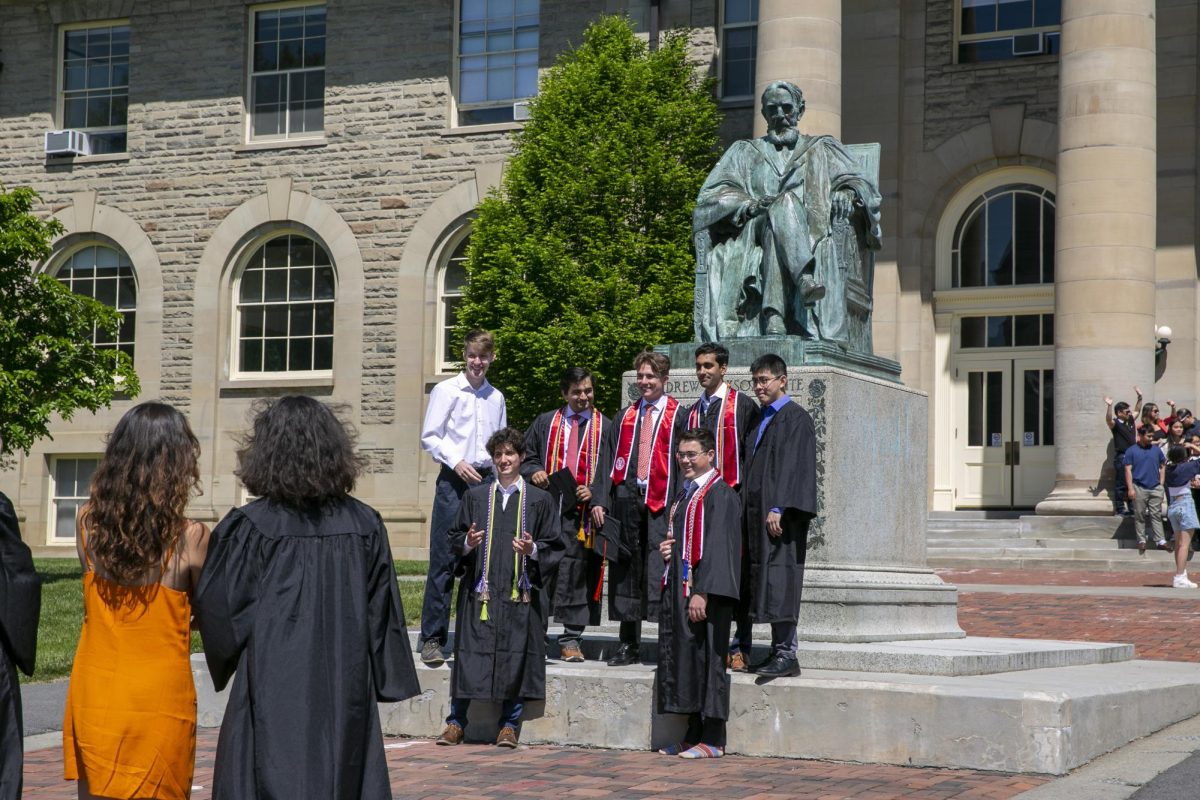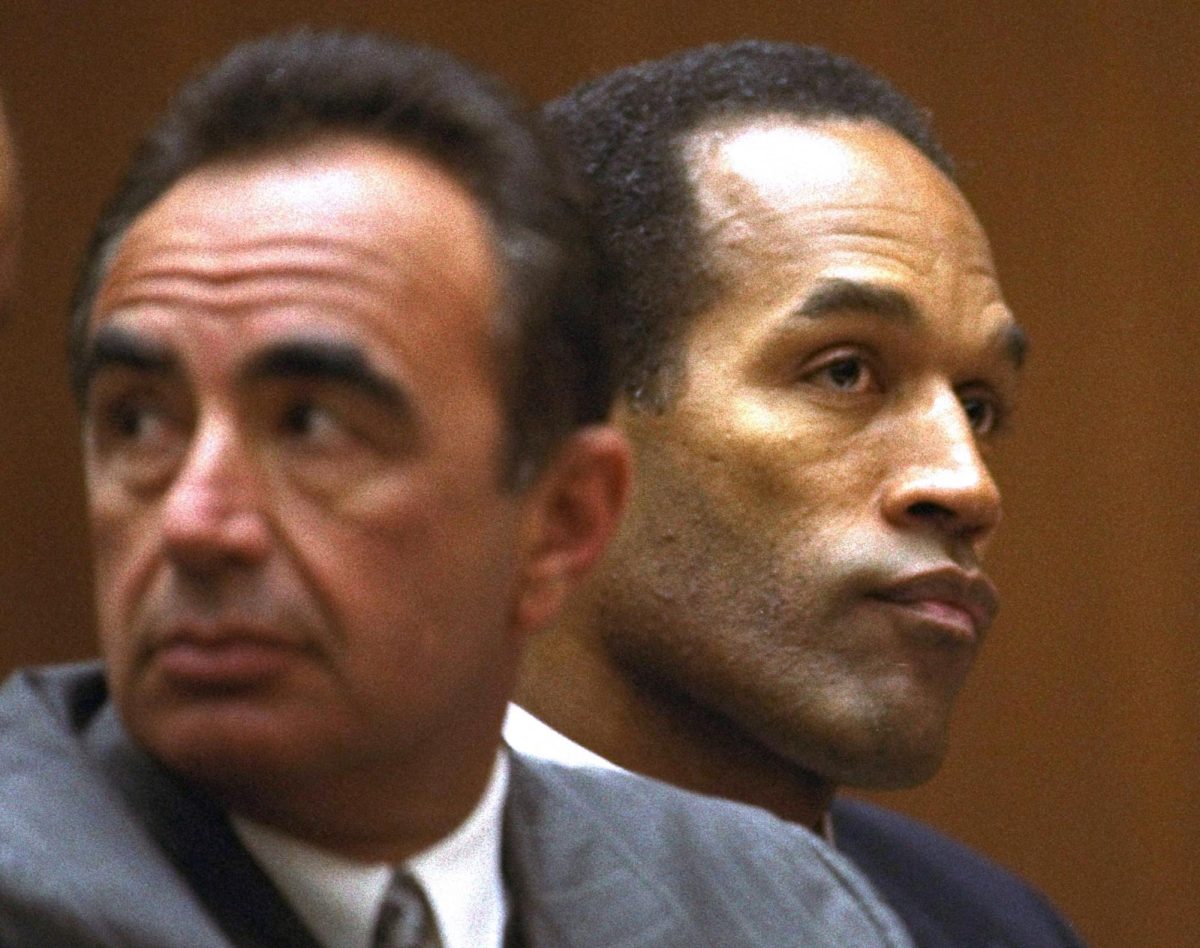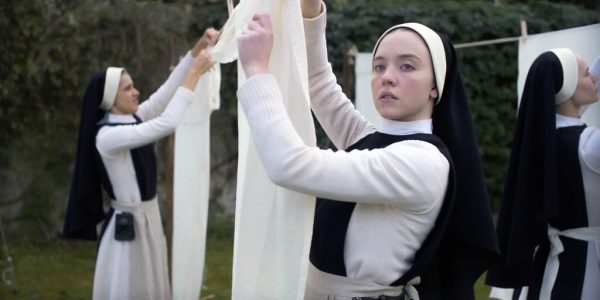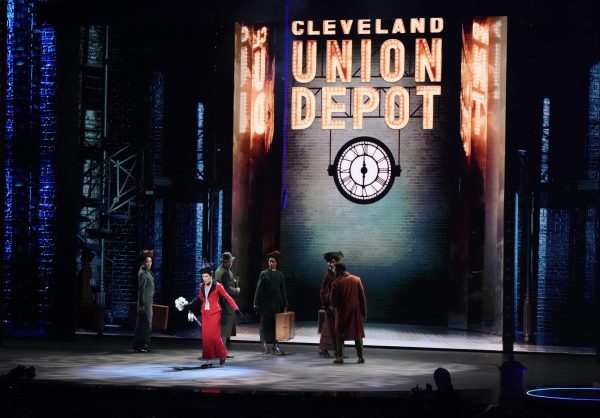IHSTF ‘Sweeney Todd’- a Bloody Good Time
January 12, 2017
When I first saw the musical “Sweeney Todd: The Demon Barber of Fleet Street,” I wasn’t sure what to expect. My mom, an avid theatre lover, described the movie to me when it was first released in 2007, but as a young boy I didn’t understand the story.
Now, having watched it on Netflix countless times, I was delighted when the Illinois High School Theatre Festival announced “Sweeney Todd” would be the All-State production, a musical put on by the best high school actors and actresses in the state.
When the time came to finally see the show, I was in the third row and surrounded by other thespians from EHS and neighboring Illinois schools.
The set was monochromatic, a dark metallic grey of stairs and platforms. Some of these platforms could be rotated by wheels, which held more detailed set pieces like Mrs. Lovett’s Meat Pie Shop.
The musical itself is about a mysterious man, Sweeney Todd, who returns to London after being released from prison with Anthony, a sailor.
He tells the story of a barber who once lived there with his wife and daughter. The barber was unjustly imprisoned because a judge fell for his wife. The wife supposedly committed suicide and the judge kept their child, Johanna, as his ward.
It is revealed that Sweeney was the barber, who was once known as Benjamin Barker before he took up his new name.
Sweeney returns to his old shop, which sat above a meat pie shop run by Mrs. Lovett. They work to rescue his daughter, whom Anthony fell in love with, but Sweeney is driven mad and begins to kill the men who come to receive shaves. Mrs. Lovett, finding it difficult to pay for meat, uses the bodies. Nothing goes as planned, and the ending is as dark as the story.
The cast of Sweeney was incredibly talented. They fit their parts well and sang at a professional level, comparative to the movie itself.
Sweeney himself was a large, ominous presence on stage. The character of Sweeney should have noticeably sunk into madness and he perfected this from his obsession with the judge to his self-bickering. His love interest, Mrs. Lovett, was an equally gifted singer, but was not as deranged as she could have been as a cannibal pie maker. Anthony and Johanna had incredible chemistry on stage and Anthony was the best singer of the cast. Judge Turpin, a “pious vulture of the law,” was well connected to his persona in a perfectly creepy manner.
With the skilled cast and tech crew, there were small mishaps that, if fixed, could have made the show perfect.
Mostly technical, these problems might have been missed by the average theatre-goer.
Anthony’s mic was wrapped around his ear as many were, but it would fall off his ear and stick out. It was never fixed and drew my eye the entire second act.
Character makeup was another aspect that could have been improved. The characters of both the Broadway show and movie were whitewashed and pale. The makeup of this show, especially for Sweeney, was dark and noticeable on stage. Sweeney had unblended makeup lines across his face, as well as a mic that came down his forehead and stuck out from his skin tone.
A final problem that I experienced sitting in the third row was the pit music’s volume. I missed lines that I would have lost if I didn’t already know the show.
Beside these small flaws, the talented company of the IHSTF’s “Sweeney Todd” earned their right to be called the best in the state, if not the best in the nation.






















